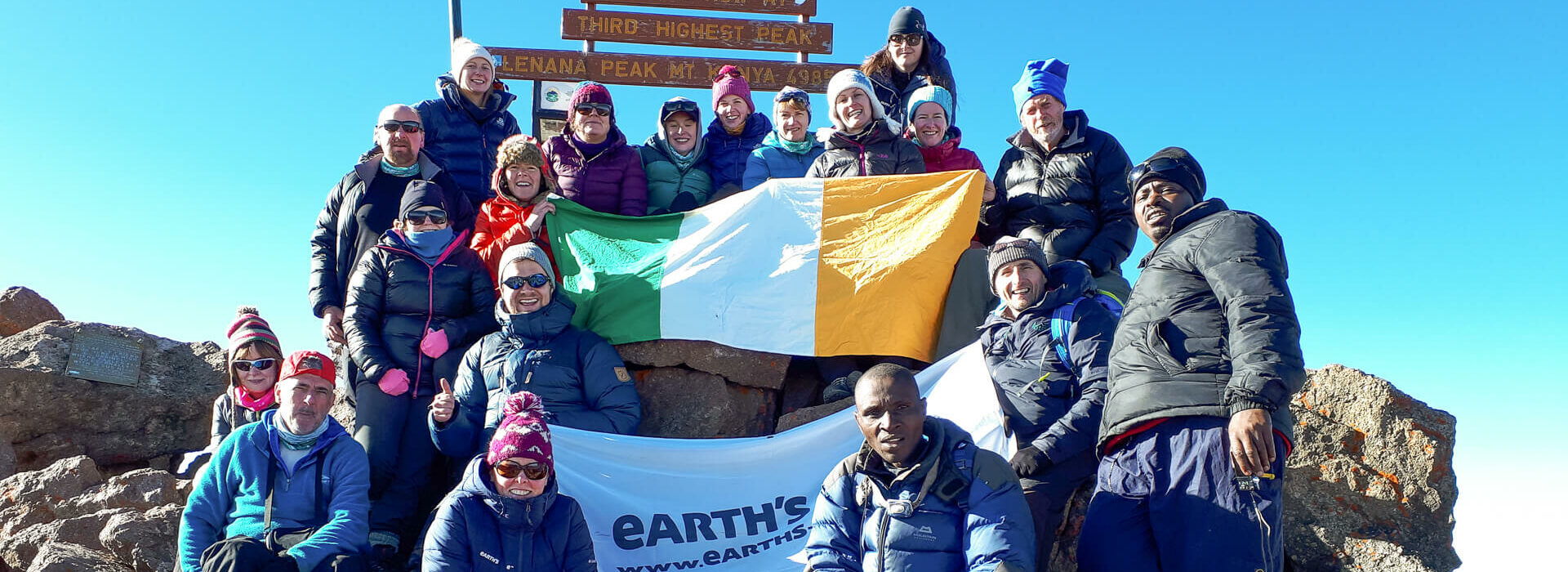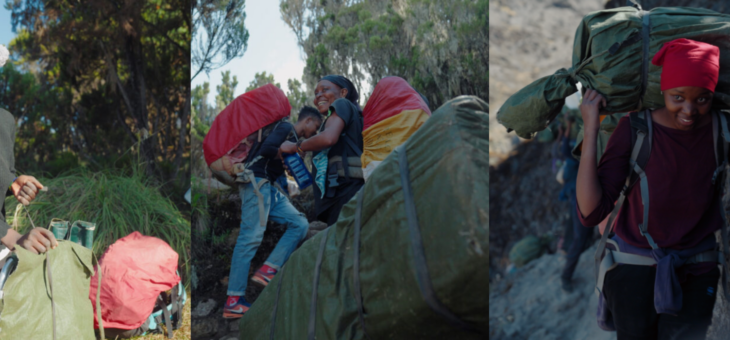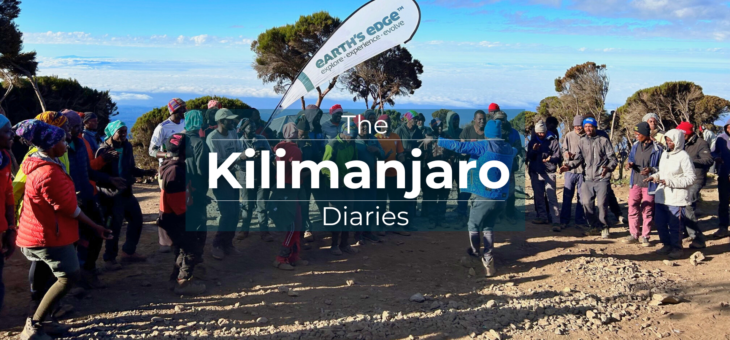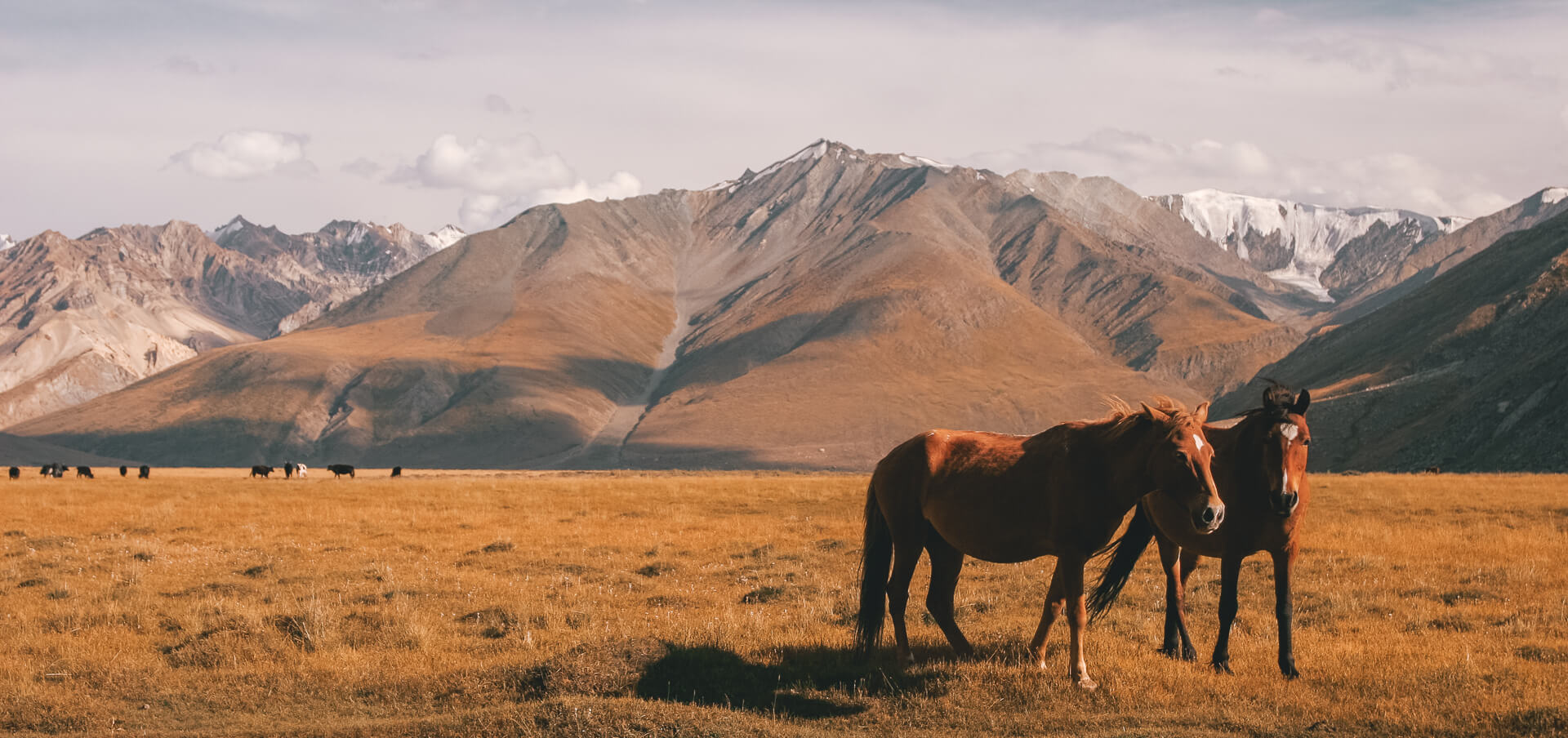Johnjoe explains altitude sickness
Hi, For anyone who watched Johnjoe’s video I hope you enjoyed it! I wanted to add some more in-depth information about dealing with Altitude Sickness.
What is altitude sickness?
Trekking at high altitude (>3000m) is generally tougher than at sea level as it’s colder, the suns rays are stronger and it tends to rain and snow more. However, the biggest concern is hypoxia because the higher you climb from the sea the less oxygen there is in the air.
For example, at Machu Picchu (2,430m) there is only 73% of the percentage oxygen that’s found at sea level. The higher you climb the lower that percentage is. At Everest Base Camp (5,364m) it’s 51%, on Kilimanjaro (5,896m) it’s 48%, on Aconcagua (6,962m) it’s 41% and on the summit of Everest (8,848m) its only 33%!
The good news is that the human body adjusts very well to high altitude when given enough time to acclimatise properly.
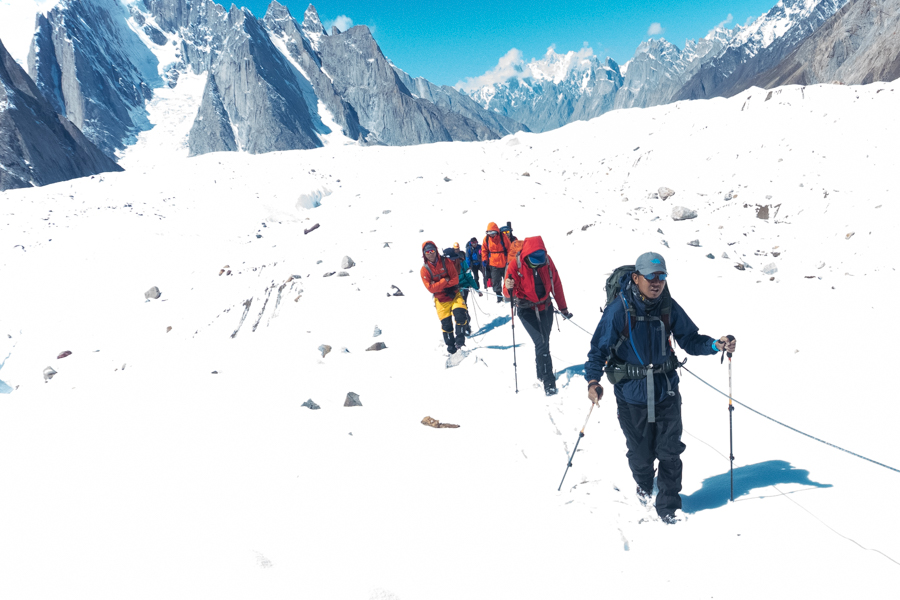
How does altitude sickness present?
Common early signs of AMS (Acute Mountain Sickness) are headaches, fatigue, loss of appetite, nausea and occasionally vomiting. If it’s not treated it can develop into something more serious but you don’t need to worry about that because treatment is very straightforward.
To treat AMS you should stop ascending or in more serious cases descend to a lower elevation where the symptoms dissipate.
How to acclimatise properly
A basic understanding of AMS with a focus on prevention is really important. Here is what you need to know;
1. When booking your next adventure make sure there is enough time allowed for a gradual ascent. For example, climbing Kilimanjaro in less than seven days greatly increases your chances of suffering from AMS. Your itinerary should allow for a gradual ascent.
2. You need to walk at a slow steady pace throughout your ascent. This can be frustrating especially for fast walkers and those who enjoy getting a sweat on while walking.
3. Stay well hydrated. Depending on how much you sweat you should drink between four and six litres of water per day.
4. You need to eat well so you keep your energy up, this helps a lot.
5. Getting a good night’s sleep is well documented to be beneficial for a wide variety of reasons. Sleep is really important for acclimatisation too and I always recommend people to get a good sleeping bag and lightweight airbed such as the Neo Air Thermarest. If you are even slightly cold or uncomfortable you won’t sleep through the night without waking up.
Remember if you are not feeling good at any stage on your trip to high altitude you should tell your guide. Don’t ever try to hide the symptoms of altitude sickness as if it’s left untreated it can be very dangerous.
Recovering from altitude sickness
The Benjamin Franklin quote “An ounce of prevention is worth a pound of cure” does apply here. However, most people will feel some amount of altitude sickness.
It might be a mild headache, pressure around the eyes, or getting out of breath quickly. This is normal and can be dealt with very simply. We always try to trek high and camp low, so our body gets used to the higher altitude and we sleep better.
Many people choose to use Diamox to avoid altitude sickness, and luckily, Johnjoe did a video on it too!
This means that if you are really struggling with altitude, you need to get to a lower elevation. We know that if you flew all the way to Kilimanjaro, the idea of not reaching the summit isn’t one you want to consider. However, you need to remember that Kilimanjaro will always be there. If you’re really struggling, you need to swallow your pride and head back down.
If this does happen, we’ll have a guide come down with you, and our expedition doctor will make sure you feel alright. They can advise on some medication to take to help you recover but that the kind of advice you shouldn’t be getting from the internet! This is why we bring a doctor on all of our expeditions!
If you have any questions or feedback email me on jam@earths-edge.com.
About James & Johnjoe; James McManus owns and runs Earth’s Edge. He has over 20 years’ experience and leads at least five expeditions to altitude each year. Johnjoe is his dog.
